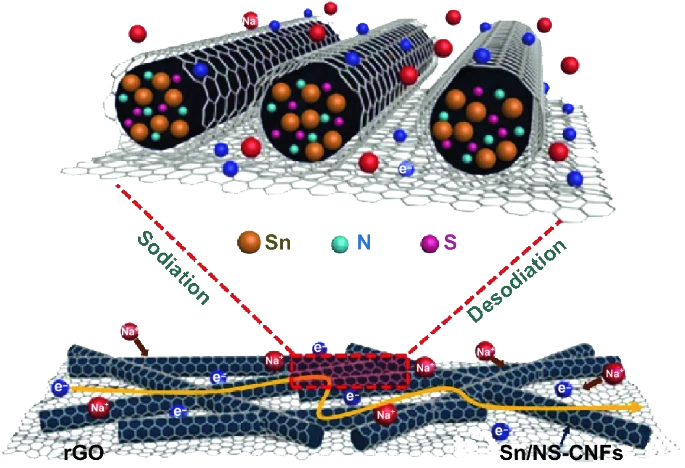Sodium Ion and Lithium Ion batteries

Difference between a Sodium Ion battery and a Lithium Ion battery
It’s hard to choose between sodium and lithium batteries without knowing what you’re getting.
Technology presentations are often linked to their production costs and not to their uses, so we’re going to talk about these 2 subjects separately.
Key figures :

Sodium is abundant and easy to extract, about 500 times more important than lithium. This element makes it a very attractive argument for manufacturers, along with others such asecology, which is much less polluting thanks to the use of aluminum, which is less expensive than copper. In comparison, China holds 79% of thesupply lines for lithium-ion batteries, and 61% of the refining lines. Argentina accounts for 21% of the world’s deposits, influencing global markets such as China.
Lithium batteries use rare materials such as cobalt and lithium, which have increased in cost by around 700%, and this is one of the main arguments for seeking alternatives. The first is independence from market prices and those who control them.
Let’s get out the numbers and compare

Now let’s take a look at the technical comparison between sodium and lithium batteries.
Technically speaking, Sodium batteries would be unobjective, despite their good resistance to low temperatures and low risk of fire. Sodium batteries have a short life cycle, making them the envy of LFP batteries. In comparison, a Sodium battery has an average life cycle of 3,000, compared with 5,000 to 8,000 for a LFP battery.
There’s a lot of enthusiasm for sodium batteries and a lot of plans for them, but so far very few are looking to the near future. The main problems are the lack of supply chains, or perhaps a lack of investors! The problem of the format of“non-cylindrical or prismatic” sodium batteries can also pose a problem for a manufacturer who, for example, already uses lithium-ion batteries in its vehicles.
Sodium batteries are less dense – 100 to 150 Wh/kg (heavier for less energy) – than lithium batteries, 120 to 180 Wh/kg. This is the most important factor to take into account, because the usefulness of a battery is the energy it can store with its weight and volume.
Lithium batteries are still the best in terms of overall performance, but sodium batteries could become the replacement for lead-acid batteries.
In conclusion, we can say that the financial interests are there, but the performance of sodium batteries is still of little interest.
Their only arguments are that there will certainly be improvements to make them attractive to manufacturers in the future, and that they are well positioned to replace lead-acid batteries.
